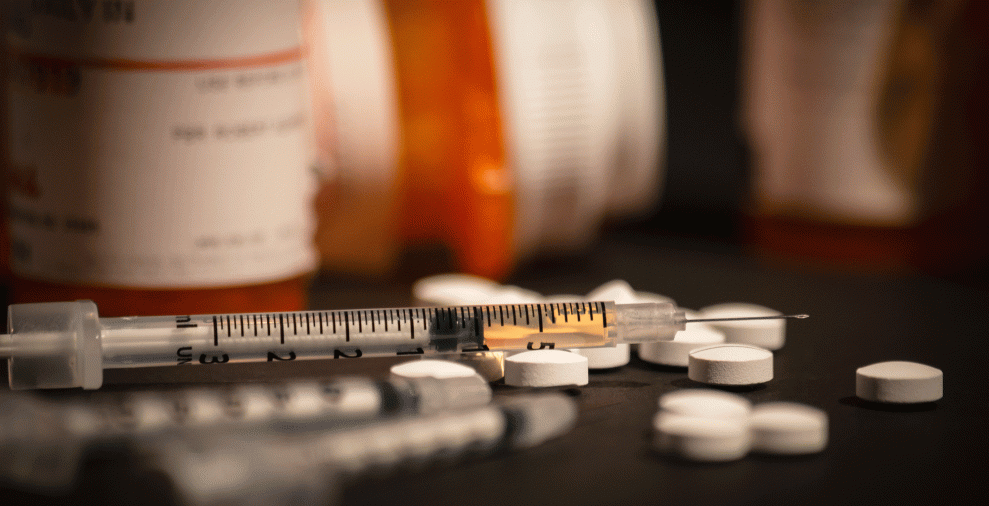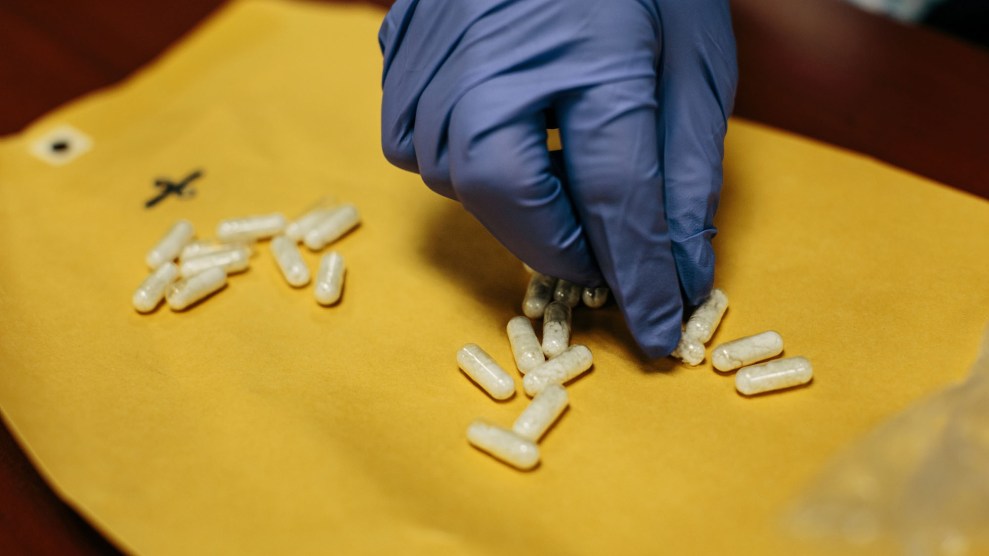
Darwin Brandis/Getty
For the first time in nearly three decades, drug deaths appear to be declining: Overdoses fell by five percent in 2018, according to preliminary data from the Centers for Disease Control and Prevention. An estimated 69,000 Americans died of overdoses in 2018, compared to 72,000 the year before.
The news is giving public officials hope that the opioid epidemic, which has helped lower American life expectancy for three years running, may finally be leveling off. “Leadership matters,” tweeted Trump advisor Kellyanne Conway, touting the “awareness, action & funding” from the Trump administration. “We’re beginning to win the fight against this crisis,” proclaimed Health and Human Services Secretary Alex Azar in a statement.
But there are a number of catches. While the preliminary data shows overdose deaths may be decreasing (final data will likely be available late this year) overdose rates are still very, very high. As Stanford drug policy expert Keith Humphreys put it, “This is the first sign of declining deaths since the epidemic started. That’s encouraging, but we are still losing more Americans to drug overdoses every year than we lost during the entire Vietnam War, so this certainly is no time to celebrate.”
And though prescription opioid overdoses appear to be falling, deaths involving fentanyl, a potent synthetic opioid that’s often mixed into the drug supply, are still on the rise. Also on a sharp rise are deaths involving stimulants such as methamphetamine and cocaine, which rose 21 and 5 percent respectively between 2017 and 2018. These trends could be related: A recent CDC study found that fentanyl and other synthetic opioids are fueling the rise in cocaine overdoses, and are increasingly involved in methamphetamine overdoses as well. Today, most of America’s meth comes from Mexico, and is “highly pure, potent, and low in price,” according to the National Institute on Drug Abuse.
While President Trump frequently touts his administration’s work on opioids, its track record isn’t all that impressive.
Congress has spent billions on the prevention, treatment, and recovery programs over the years—far more than on previous drug epidemics, though also far less than the estimated $100 billion it would take to curb the epidemic over ten years. Meanwhile, the Trump Administration has steadily chipped away at the Affordable Care Act, which allowed 36 states to expand Medicaid and gain access to affordable addiction treatment. Previous research has estimated that if the ACA were eliminated completely, some three million Americans with addiction disorders would lose insurance coverage. As Humphreys, who advised the Obama administration on drug policy, noted in 2017, the ACA was “designed to be very broad, but at the same time we knew that if there was anything that this would help a lot for, it’s addiction.”


















